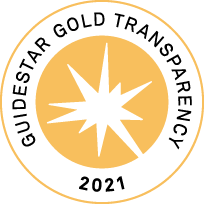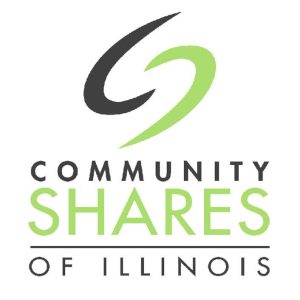This chart compares traditional approaches to medical and vocational rehabilitation services with the consumer-driven approach.
| MEDICAL MODEL & REHABILITATION PARADIGM | INDEPENDENT LIVING or DISABILITY PARADIGM | |
| Definition of problem | physical or mental impairment; lack of vocational skill (in the VR system); lack of abilities | dependence upon professionals, family members & others; it is the attitudes & environments that are hostile & need fixing |
| Locus of problem | in the individual (individuals are sick and need to be “fixed”) | in the environment; in the medical and/or rehabilitation process itself; disability is a common part of the human condition |
| Solution to the problem | professional intervention; treatment | • civil rights & advocacy • barrier removal • self-help • peer role models & peer support • consumer control over options & services |
| Social role | individual with a disability is a “patient” or “client” “customer” | individual with a disability is a “consumer,” “customer” or “user” of services and products |
| Who controls | professional | “consumer” or “individual” |
| Desired outcomes | maximum self-care (or “ADL” – activities of daily living); gainful employment (in VR system) | independence through control over ACCEPTABLE options for every day living in an integrated community |
by Gerben DeJong in 1978; adapted/expanded by Maggie Shreve and June Isaacson Kailes



